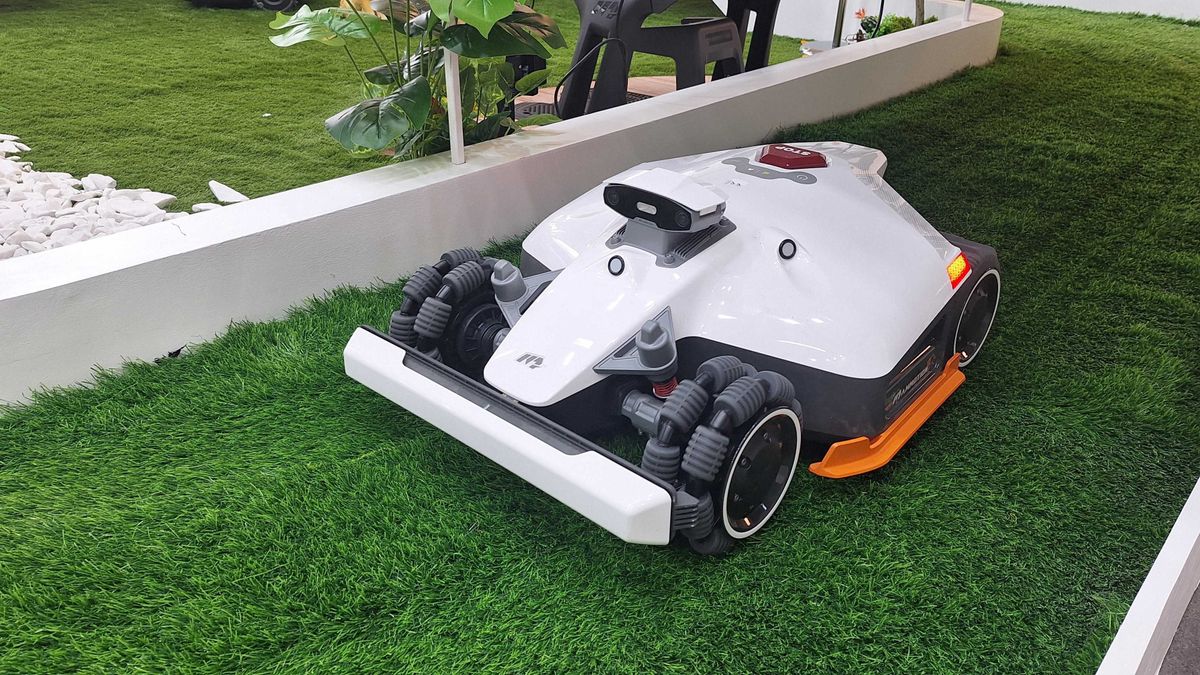You probably stream most, if not all, of your content. The best streaming device makes that process easier. If you've purchased a new TV recently, it likely has a built-in streaming interface. Some of these are fine, but a stand-alone streaming device can offer a better experience. We’ve tried them all—from Roku, Apple, Google, Amazon, and even a cheap Walmart-owned brand—so you don’t have to, and we’ve separated each of our favorites by what they do best.
To test streaming devices, I note how easy or complicated the setup was, from the first plug-in to signing into all our favorite streaming services, and then I watch TV! I stream a lot of content in general even when I'm not testing a new device, but for at least a week, I watch a few hours of movies, TV shows, and YouTube videos every day, installing and deleting apps, and playing around with any additional features within the device itself or on the remote.
Check out all our home theater guides, like the Best Roku Devices, Best Streaming Services, Best TVs, Best Soundbars, Best TV Antennas, and Best Projectors.
Updated June 2025: We've added the new Roku Streaming Stick 4K.
Why You Need a Streaming Device
If you just bought a smart TV, you may be wondering: Why pay extra for a streaming device? TV makers are far better at manufacturing beautiful screens than they are at building good software. So unless that TV was a Roku TV or a Google TV, you should consider an external streaming device. Chances are high that your TV's house-made apps are slow, poorly designed, and out of date—and that's if it has the apps you want.
The streaming apps for Roku, Google TV, Amazon Fire TV, and Apple TV are typically the best you'll find, and if they're broken they get fixed very quickly. LG, Samsung, and any number of other TVs come with their own interfaces, but I suggest you ignore them.
Which TV OS Should You Choose?
Roku is our favorite streaming OS because it has just about every streaming app there is, and the setup is hassle-free. You don't have to be technologically savvy to figure it out. Roku also isn't made by one of the major tech companies. Even though it has moved to include home security in its lineup, the company survives on how well its streaming device platform performs.
Chromecast used to eschew an interface altogether, but more recent versions have Google TV built in. Though casting is no longer its main draw, these devices are excellent at letting you send web pages or other content directly from your smartphone (it's easiest on an Android phone), which is quite handy. You can also do this with Apple TV's AirPlay 2 functionality, but you need an iOS or macOS device. Chromecasts are officially being discontinued though you'll still see some around at various retailers. Going forward, Google will be focusing its efforts on Google TV and products like the Google TV Streamer.
Google TV, formerly called Android TV, is Google's current streaming OS. It's been around for years, but it nailed the experience in 2020. With its newest Google TV Streamer 4K, we stopped seeing the bugs and problems that used to plague the platform, and it includes basically every streaming app out there, as well as YouTube and Spotify. You can still cast just as easily as like on the original Chromecast dongles.
Amazon Fire TV is geared toward those who really enjoy Amazon's ecosystem, and it will quickly point you to its content. It also has a great voice interface. Unfortunately, it sometimes feels like an ad for Amazon stuff more than a diverse ecosystem of apps and content. If you buy or rent a lot of movies from Amazon and subscribe to Prime, the Fire TV is appealing. If not, go with a Roku.
Apple TV has a slick interface and Apple's usual gloss. The company wasn't updating its models or its interface all that often, but we've seen improvements over the last few years. If you have a house full of Apple stuff and enjoy AirPlay, you may as well complete your collection.

 2 months ago
27
2 months ago
27







 English (US) ·
English (US) ·